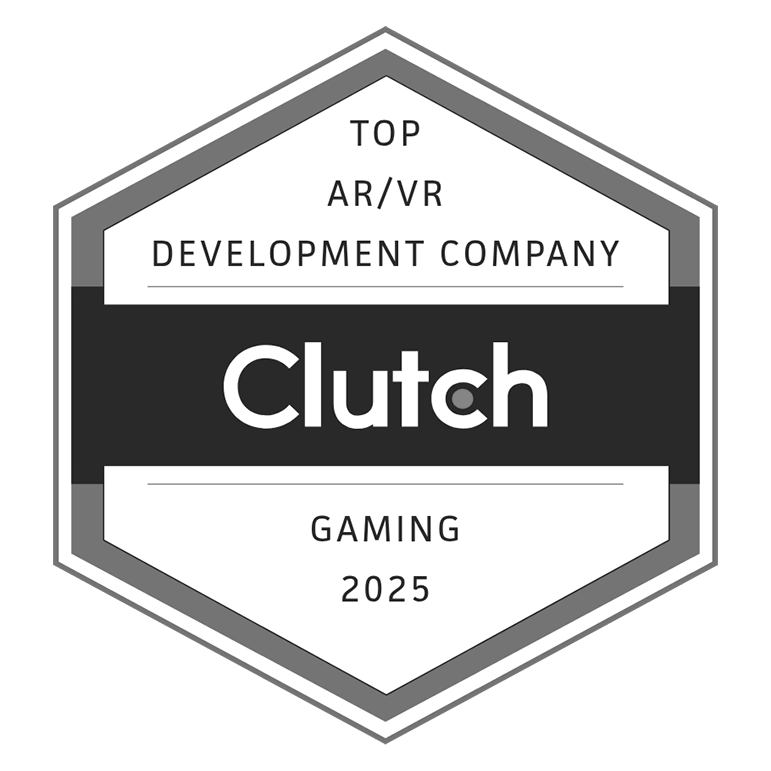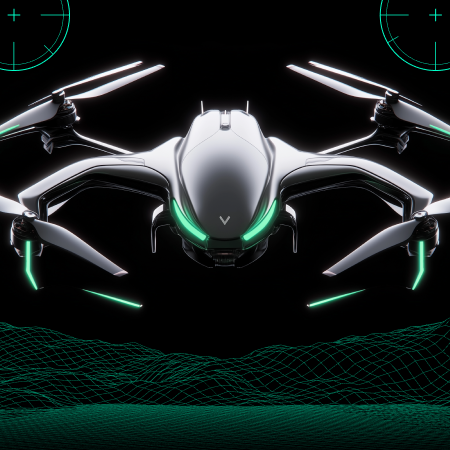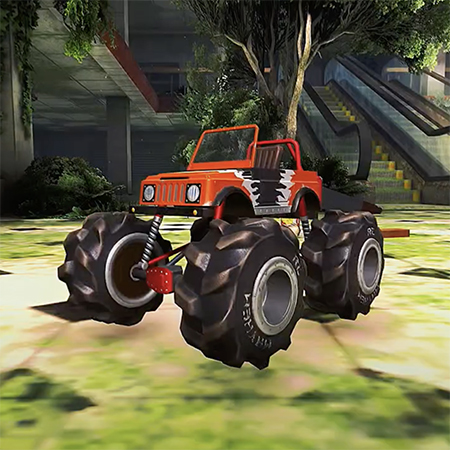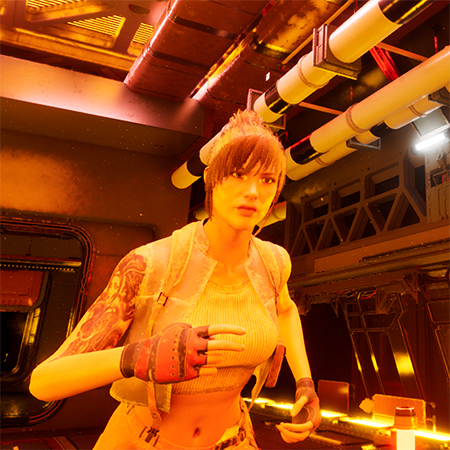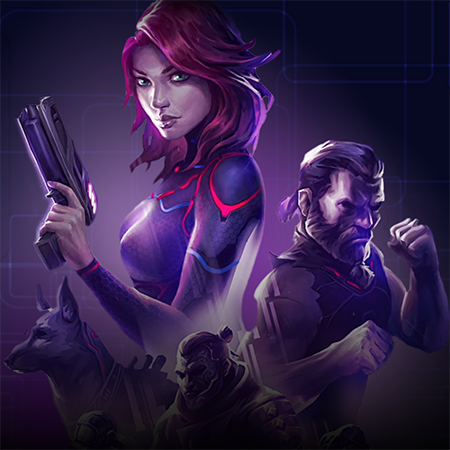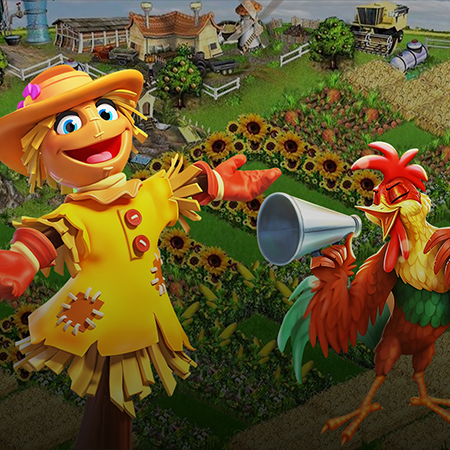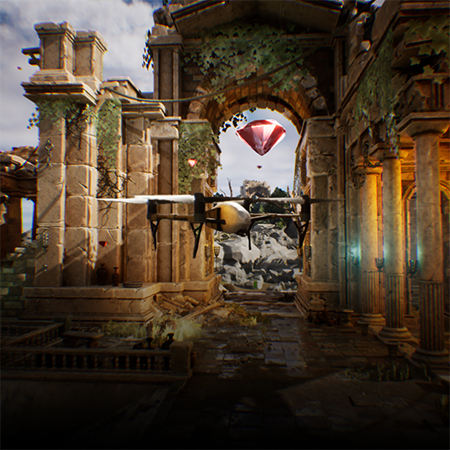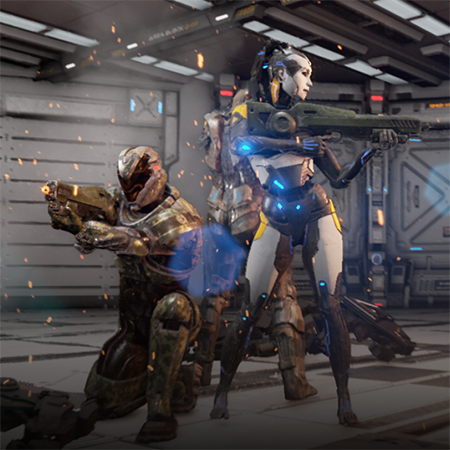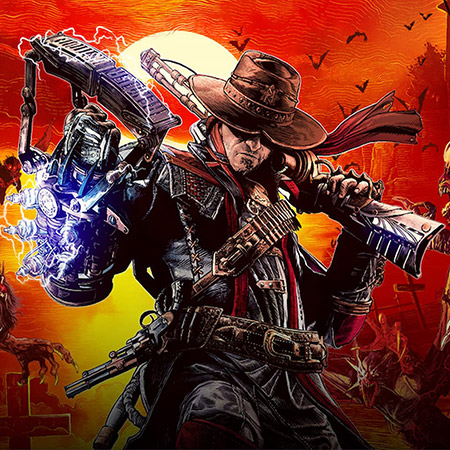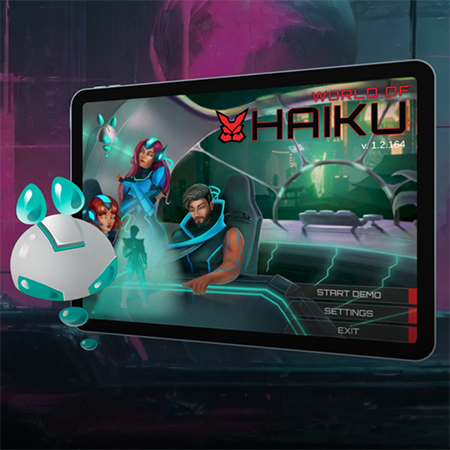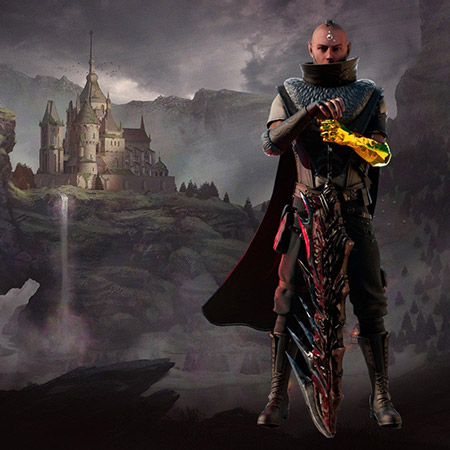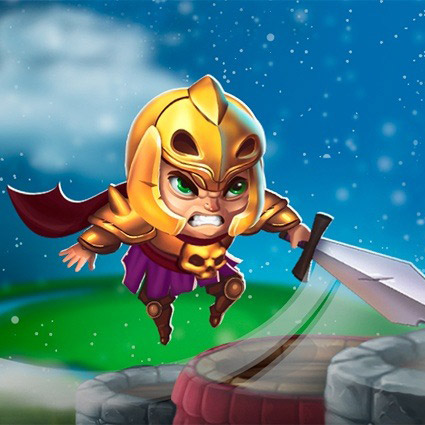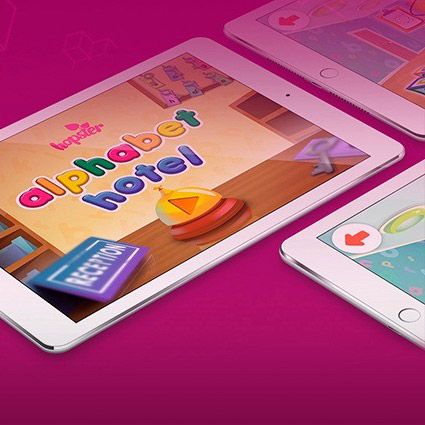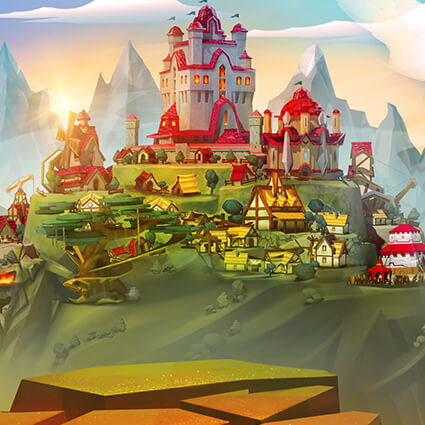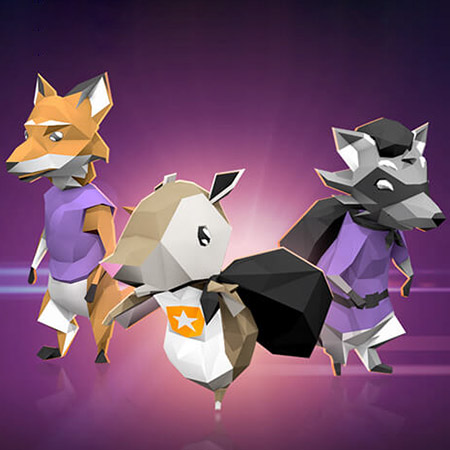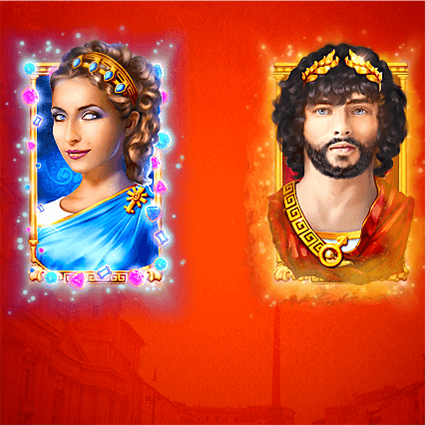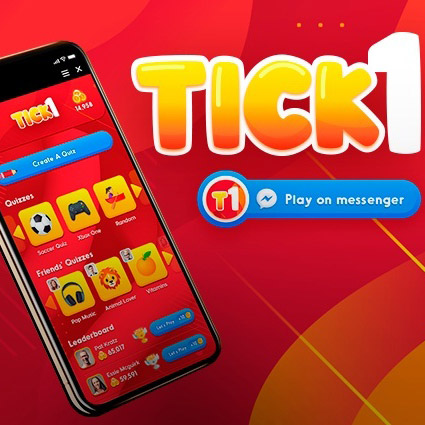3D modeling serves as a foundational element in shaping digital gaming experiences, offering depth and realism to the narrative and interactivity of games. Engaging a 3D game art outsourcing company is crucial in this creative journey, providing the essential expertise to bring every design to life. The transformation of initial sketches into vibrant, interactive worlds hinges on the precision of 3D models.
Characters with compelling stories, environments that evoke emotions, and objects filled with detail are all crafted by adept artists in the 3D sphere. Their contributions turn games into immersive experiences, drawing players into stories that unfold in richly textured settings. Collaborating with specialists in 3D art amplifies the visual impact of a game and deepens the overall engagement, making every moment within the game's universe unforgettable.
The Backstory of 3D Modeling
3D modeling, a pivotal technique in game development, evolved from basic wireframe constructs to sophisticated digital sculptures. Its history reflects technological advancements and growing artistic ambitions. Initially, developers and artists faced limitations in hardware and software, yet they pushed boundaries, setting the stage for today's immersive gaming experiences.
The Fundamentals of 3D Modeling
At its core, 3D modeling is the process of turning concepts into virtual, three-dimensional things. Artists create and manipulate points in digital space to generate meshes using specialized tools. These meshes, which are made up of faces, edges, and vertices, serve as the foundation for all 3D models. The process might involve everything from sculpting characters to designing expansive locations, all of which call for a special combination of technical know-how and imagination.
Primarily, a 2D idea or blueprint that acts as a guide must be drafted. After that, modelers use methods to form the item, such as digital sculpting or box modeling. Comparatively speaking, digital sculpting emulates the steps involved in clay sculpting and allows for dynamic additions and modifications, whereas box modeling begins with a basic shape that is polished and detailed.
Nextcomes texture mapping , which involves encircling 3D objects with 2D pictures to provide color and detail. This step is essential for realism since it involves applying surface textures that imitate real-world materials.
Rigging comes next for moving characters and objects. The rigging process entails building a skeleton that animators may use to posture or organically animate the figure.
Lastly, the rendering and lighting procedures provide reflections, shadows, and other effects that give the model life by simulating how light interacts with the objects. The model is rendered from a collection of data points into a refined visual element prepared for game integration.
That’s how abstract ideas become actual assets through 3D design for games, which is crucial for creating visually stunning and exciting games.
Dive into our demo highlighting the advanced setup of shaders and lighting for 3D cars in Unreal Engine 5.5.
Types of 3D Models Showcased in Games
Games display a wide array of 3D models, each serving distinct roles in crafting immersive experiences. High-poly models, known for their complex geometry and a high number of polygons, stand out for their detail and realism. These models are pivotal in creating main characters, critical game assets, and detailed environment pieces that require close-up interaction or are central to storytelling. The intricate details in textures, lighting effects, and shadows on high-poly models contribute significantly to the visual depth and realism in games.

Another category includes low-poly models, which, contrary to high-poly, contain fewer polygons. Developers use these for background elements or objects that players observe from a distance. The simplicity of low-poly models allows games to run smoothly without compromising the overall aesthetic.

Environmental models form the backbone of the game settings, ranging from expansive outdoor landscapes to the interiors of buildings. These models must balance detail and performance, providing a believable backdrop that supports the gameplay and narrative.

Vehicle models, another type, cover everything from cars and bikes to fantastical spacecraft. The design and functionality of these models can greatly affect gameplay, offering different speeds, handling, and interaction possibilities.

Lastly, prop models, which include items like weapons, tools, and miscellaneous objects, add layers of interaction and realism. They are essential for gameplay mechanics, storytelling, and world-building, offering players objects to collect, use, or interact with throughout their journey.

Impact of 3D Modeling on Game Design and Development
3D modeling enables game designers to sculpt intricate environments and craft characters that look almost real. This capability transforms games' appearance and engages players, making gameplay more enjoyable. The aim isn't just to enhance visuals but to forge games that linger in memory, designed with a keen focus on detail.
Improving Game Aesthetics and Playability
- Visual depth. Textures, lighting, and shadows come together to give every scene and character a feel of being part of a living, breathing environment. For example, with 3D modeling in Unity, designers achieve a level of visual depth that 2D graphics can't match.
- Interactive environments. Players can explore every nook and cranny, thanks to the detailed environments created through 3D modeling. These spaces are not just backdrops but play integral roles in the gameplay, offering hidden paths, interactive elements, and secrets that enrich the gaming experience, giving players the power to shape their own adventure.
- Character realism. The ability to create detailed, realistic characters enhances the player's connection to the game. Each character's appearance and animations reflect their personality and backstory, making the game's world more immersive and believable.
- Consistent aesthetics. Unity's 3D modeling tools help maintain a consistent aesthetic throughout a game. Whether it's the seamless integration of various game levels or the uniformity of character designs, everything perfectly enhances the overall visual experience.
- Enhanced playability. Better graphics and realistic environments do more than make a game look good; they make it more playable. Players are more likely to invest time in a game that feels alive, where actions have tangible effects on the environment, and the story unfolds in vivid detail.
Optimizing the Game Development Cycle
Rapid prototyping. Early in development, 3D modeling for games accelerates the creation of prototypes. Teams can quickly visualize concepts, test ideas, and iterate designs, reducing time spent on revisions.
Asset reuse. Developers can save significant time by reusing 3D models across various projects. With adjustments for specific needs, a single model can serve multiple purposes, enhancing efficiency.
Automated processes. Many stages of 3D modeling, such as rigging or generating LODs (Levels of Detail), benefit from automation. Automating these tasks streamlines production, allowing artists to focus on creative aspects.
Collaborative tools. Modern 3D modeling software often includes features that support team collaboration. Real-time updates, version control, and cloud-based sharing options ensure team members work seamlessly, regardless of location.
Feedback loops. It's crucial to incorporate feedback into the development cycle. 3D models can be easily modified based on user testing and stakeholder input, ensuring the final product meets expectations.
Integration with game engines. Seamless integration between 3D modeling tools and game engines like Unity or Unreal Engine means assets can be directly imported and used in-game. This compatibility reduces technical hurdles, facilitating a smoother development process.
Optimized assets. Properly optimized 3D models enhance game performance, allowing developers to create visually stunning games running smoothly across various hardware specifications. Optimization techniques include reducing polygon count and compressing textures without compromising quality.
How to Get High-Quality 3D Models for Your Game?
Getting top-notch 3D models for your game requires several thought-out actions:
1. Identify your needs. Describe the kind of models your game needs first. Make distinctions between items, settings, and characters to guarantee clarity during the production or search.
2. Select between making and buying. Choose whether your group will purchase or produce the models internally. Invest in the appropriate software and training for in-house development. Buying might be faster, but make sure you get models that exactly match your game's design and technological specifications.
3. Investigate internet markets. Websites such as TurboSquid or Sketchfab offer a wide selection of 3D models. Refine your search to locate models that meet your game's aesthetic and technological requirements.
4. Think about specialized services. If off-the-shelf models don't suit your demands, hiring a freelancer or a 3D modeling business for bespoke work could be the best choice. Give explicit briefs to guarantee that the finished models live up to your expectations.
5. Verify compatibility. Make sure your game engine is compatible with the models you select or commission. Compatibility decreases the necessity for time-consuming changes.
6. Put quality before quantity. Give buying or producing fewer, higher-quality models more importance than producing more low-quality assets. High-quality models may significantly improve your game's player immersion and visual attractiveness.
7. Test models in advance. Include models in your game as soon as possible to test for visual coherence, performance problems, and gameplay integration. Early testing helps find problems before they become serious, saving time and money.
Following these steps can result in high-quality 3D models that improve your game's visual storytelling and player engagement.
How to Guide Your Players by Using 3D Models Properly
When 3D models effectively guide players through gaming areas, a player's experience can be improved without being overly overwhelmed with instructions. Designers can develop player-guiding, intuitive courses by adding landmarks in appropriate locations. In an urban setting, a structure with a distinctive shape or a brightly lit sign, for example, might attract attention by indicating a direction or emphasizing certain areas. Analogously, the arrangement of organic features such as trees and rocks might guide players toward certain goals, promoting exploration while preserving an element of surprise.
Moreover, contrast is quite important in model design. Players will naturally flock toward and recognize important interactive models as sites of interaction or interest when they are made more visually visible than the surrounding environment. During navigation, this method guarantees player engagement and lessens irritation.
Movement in models can significantly enhance player interaction and exploration. For instance, swaying flora or fluttering flags can be used to highlight hidden regions or identify pathways. When combined with static models, these dynamic components create a multilayered environment that encourages investigation and learning, adding depth and interest to the gaming experience.
Ultimately, by placing models in areas that give narratives, a player might be led through a story told by the environment itself. Designers can create a unified, immersive world that organically leads players through their trip by carefully examining how each model affects player perception and decision-making.
Want your game world to feel alive? Luckily, we’ve got world-building expertise!
Diverse 3D Modeling Techniques and Outsourcing Services for Game Creators
Exploring various 3D modeling techniques and outsourcing options opens new creative avenues for game developers, enriching both the design process and the final game experience.
Characters and Environments
Game characters come to life thanks to 3D character modeling, which offers unparalleled realism and personality. Every model begins as an idea and, with the artist's skill, develops into a character that can tell tales, go on adventures, and evoke strong feelings in the players. These virtual characters captivate viewers with intricate texture details, nuanced facial emotions, and fluid motions.
In a similar vein to character development, environment design establishes the framework for gaming storytelling. Every environment, from busy cityscapes to tranquil countryside, is designed to engross players completely. The way that characters interact with their environment is essential to making the game world seem more realistic.
Environments become more than just backdrops in the storytelling process when they are able to set the mood and direct player exploration through the use of lighting, weather effects, and spatial flow.
Advantages of Outsourcing 3D Modeling Services
Outsourcing 3D modeling for video games has significant advantages for game developers, guaranteeing that projects surpass expectations. One of the main benefits is access to a worldwide talent pool. Game studios can locate professionals specializing in many parts of 3D modeling, such as character creation and environmental design, guaranteeing that someone with the necessary abilities and experience creates each game element.
Another significant benefit is cost-effectiveness. Outsourcing provides budget flexibility because businesses can scale their staff up or down based on project demands without the financial obligations of full-time hires. This model also reduces the overhead costs of managing an in-house staff, such as workspace and software licenses.
Additionally, outsourcing can result in speedier completion times. With teams operating in several time zones, work on a project can continue around the clock, accelerating development faster than if it were limited to a single location's working hours.
Quality improvement is an additional benefit. External 3D modeling organizations frequently contribute new viewpoints and innovations to projects, resulting in higher-quality solutions. Their knowledge of cutting-edge technologies and techniques can help game models achieve greater detail and realism.
Finally, outsourcing enables internal teams to concentrate on crucial development activities. By delegating modeling work to external professionals, in-house workers may focus on aspects such as game mechanics, story creation, and user experience, ensuring the game is exciting and balanced. Outsourcing allows game development companies to improve their games with high-quality models while bringing them to market faster and more affordably.
Gain a Strategic Edge with Game-Ace’s 3D Models
In wrapping up, the journey through the intricacies of 3D modeling underlines its critical role in 3D game development. Well, Game-Ace is a custom game development company that stands ready if you have a project that must be finished on time. With a seasoned team adept in the latest techniques, we ensure your project benefits from tailored solutions that enhance the player experience. The right partnership can set the stage for success.
Reaching out to a team equipped with the necessary tools and experience is a step toward accomplishing your aims of pushing boundaries and captivating audiences.
 Character Skinning: The Key to Lifelike 3D Animation for Games
Character Skinning: The Key to Lifelike 3D Animation for Games  The Best Ways to Use Procedural Generation in Games
The Best Ways to Use Procedural Generation in Games 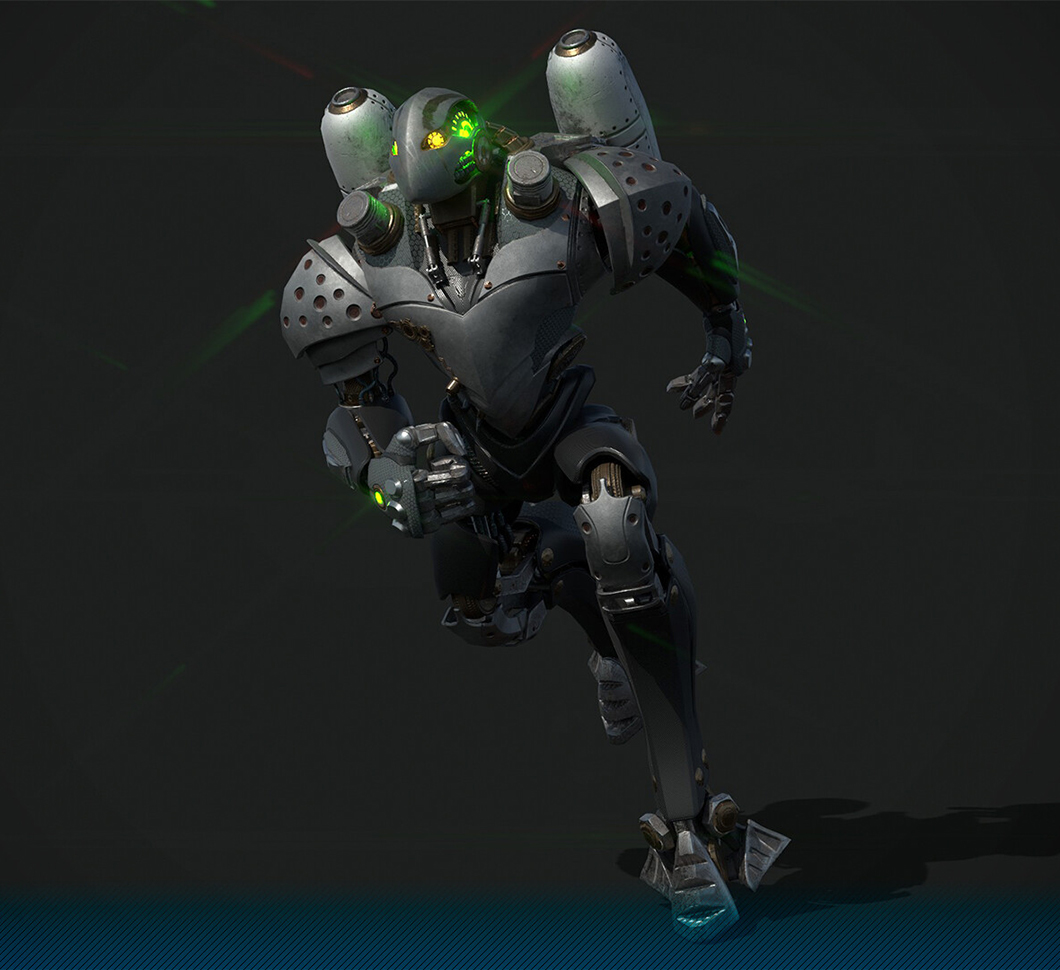 3D Character Modeling: Mastering the Art of Digital Design for Lifelike Creations
3D Character Modeling: Mastering the Art of Digital Design for Lifelike Creations 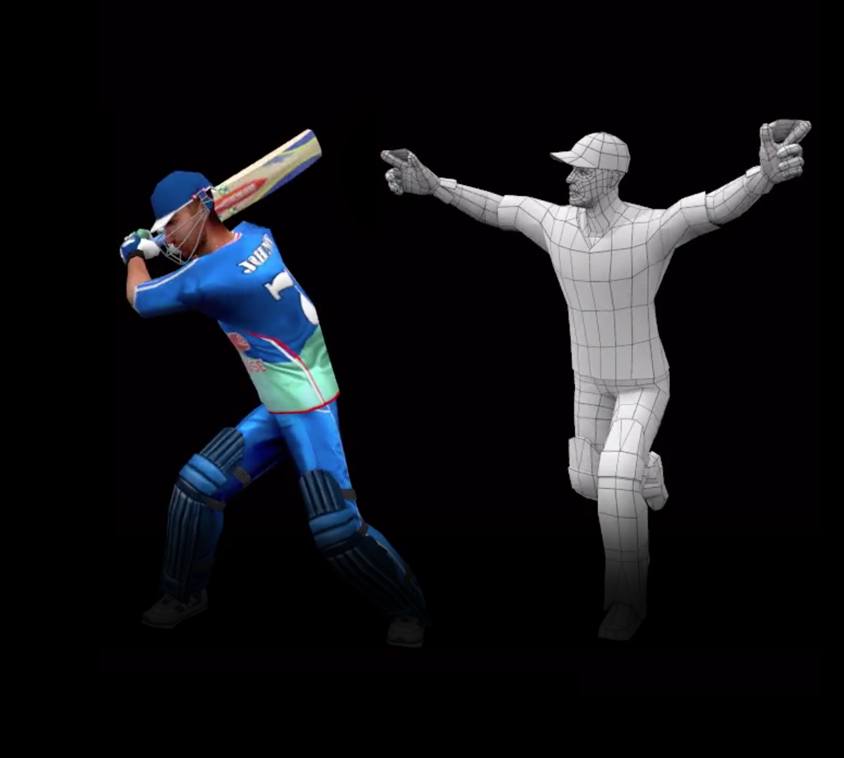 How to Perform 3D Modeling in Unity with No Drop in Quality
How to Perform 3D Modeling in Unity with No Drop in Quality 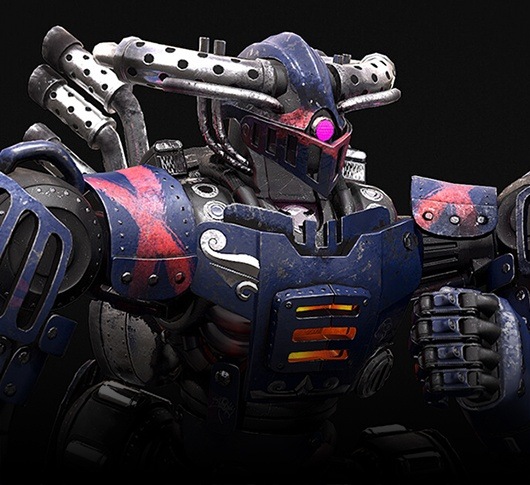 How to Make High-Poly Models that Look Amazing
How to Make High-Poly Models that Look Amazing 






